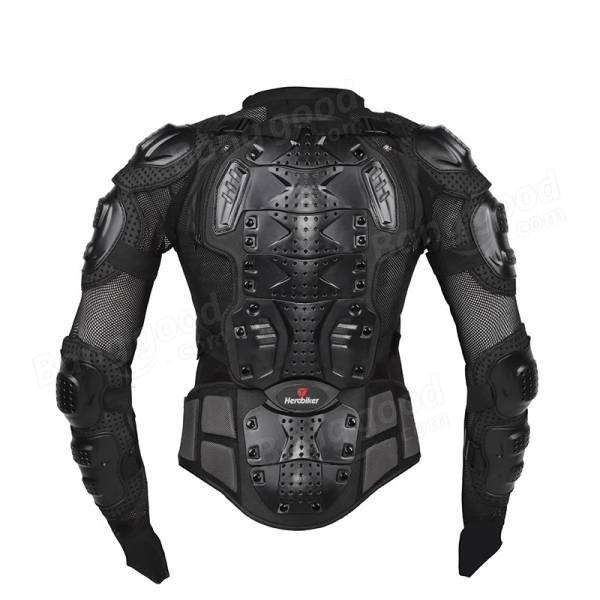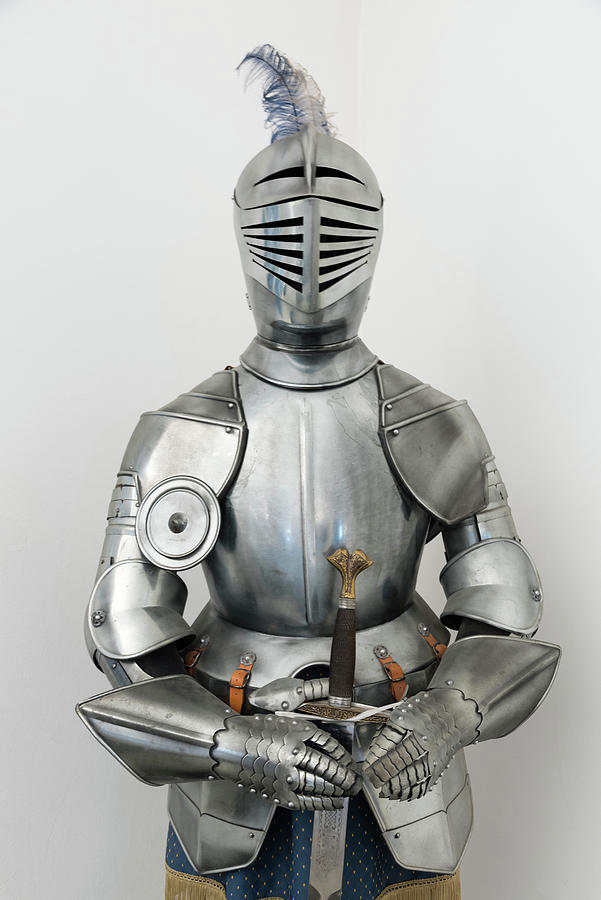To Isaac Newton, with love. 😉
Just a little aside about falling off horses.

Using Newtonian physics, we can break down the fall into a horizontal component and a vertical component.
Horizontally, the rider continues in the direction taken at parting from the horse. In the absence of atmospheric friction and gravity, the rider would continue at the same speed and in the same direction indefinitely, or until another force was applied.
Of course, real-life riders have to contend with both atmospheric friction, and gravity. So, in the horizontal component of the fall, the rider is actually decelerating because of atmospheric friction. How much depends on headwinds, tailwinds and atmospheric pressure, which in turn is affected by altitude. It also depends on the surface area of the leading edge of the rider, and the surface characteristics of the rider’s attire – lycra is bad for slowing down, fluffy microfibre much better.
In the vertical component of the fall, the rider is accelerating towards the ground at 9.8m per second per second, less the braking effected by atmospheric friction, as already discussed above. Use might be made of a parachute to increase the braking effect of atmospheric friction, especially if there was an upwards component in the motion of the rider after parting from the horse, like this:

This is because parachutes take time to inflate, which is more generously afforded by increased distance from the ground at t=0.
Alternative options using increased surface area for more efficient friction braking include this, which also introduces an additional sideways gliding component:

We are attempting to decrease the force of the fall, which depends on the height from which we fall (Shetlands are safer than Clydesdales), the velocity acquired by the rider before parting from the horse (slipping right off the other side when attempting to mount bareback is comparatively safe, especially with a pony), the efficiency or otherwise of atmospheric friction in slowing us down (artificially increasing surface area and wearing high-friction clothing help, as does trying to fall in the direction of a headwind), the mass of the rider (F=ma, so children indeed feel it less), the elasticity of the rider as an object (children are better for this too; it helps if you can bounce, as this redirects some of the force stored temporarily as elastic potential energy into kinetic energy), the landing terrain characteristics (elastic? rigid? crumply? … a deep bed of autumn leaves is ideal, as is a deep layer of soft fluffy snow – I can thoroughly recommend the latter from personal experience), etc.
One more important concept from classical mechanics that can help us here is that we can spread out the impact force over a longer time interval, and absorb shock in other materials, if we want to have a better experience. This is why we have crumple zones in cars, or crash helmets lined with crushable materials – to absorb the shock. We’ve already seen a bit of this when discussing landing terrain characteristics; now we can apply it to rider surface characteristics. In harness and TB racing, people now wear body armour vests to help protect them in falls:

This one looks more heavy-duty:

This one is inflatable:

This one is traditional, but doesn’t have good crumple zones, as it was really designed for another purpose:

And this is a Cyberman:

Just thought I’d throw that one in! 😉
